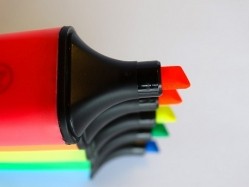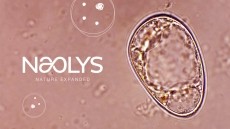Multinational beauty giant L’Oréal highlighted in latest “Buying In” report

“Buying in: Taking Stock of the Role of Carbon Offsets in Corporate Carbon Strategies,” published last month and authored by Allie Goldstein, senior associate with the Ecosystem Marketplace, features a full-page case study on L’Oréal, artfully titled Beauty from Within.
Getting started
This will be the first year that the company formally reports on its progress toward becoming a carbon balanced company. “L’Oréal estimates that it will be progressively insetting about 400,000 t CO2e [which is carbon dioxide equivalent] per year by 2020 to counterbalance its unavoidable emissions as well as emissions associated with downstream transportation,” according to the Forrest Trends case study.
In practice
The report calls attention to three initiatives—in the West African country of Burkina Faso; in Sumatra, Indonesia; and, in the South America country of Bolivia—where L'Orealis focused on addressing the company’s carbon output.
All three carbon reduction efforts are fully contained, or inset, within the company’s own supply chain. The Forrest Trends case study of L’Oréal breaks it down like this: “In Burkina Faso, the cookstoves are distributed to women who boil shea nuts for the shea butter used in more than 1,200 of L’Oréal’s products. In Sumatra, Indonesia, the carbon project promotes intercropping cinnamon trees and patchouli (an herb used in perfumes and other products). And in Bolivia, L’Oréal works to restore soils and lower the fertilizer use associated with growing quinoa (the extract of the husk is used in cosmetics).”
Independently cooperative
The multinational beauty company fixed its own bar for carbon emissions. “L’Oréal has set a goal of reducing the direct emissions of their production by 60% by 2020, from a 2005 baseline,” as the published case study notes.
And shockingly or not, “in 2015, the group already reached a 56% reduction, ahead of schedule," according to Rachel Barre, carbon balanced program manager for L’Oréal. The company is relying on third party verification of it plans to evaluate carbon offset, explains the Forrest Report.
And, it’s woven the initiative in with other eco-facing objectives like opting to source raw materials from “economically vulnerable people,” and from “deforestation-free” enterprises.
The Forrest Report also notes that L’Oréal’s “emissions reductions efforts are ‘absolutely’ connected with its no deforestation goals, and it is scoping more carbon projects in Indonesia and Malaysia, where deforestation risks are high.” The Forrest Tends organization credits those assertions to Barre.
















